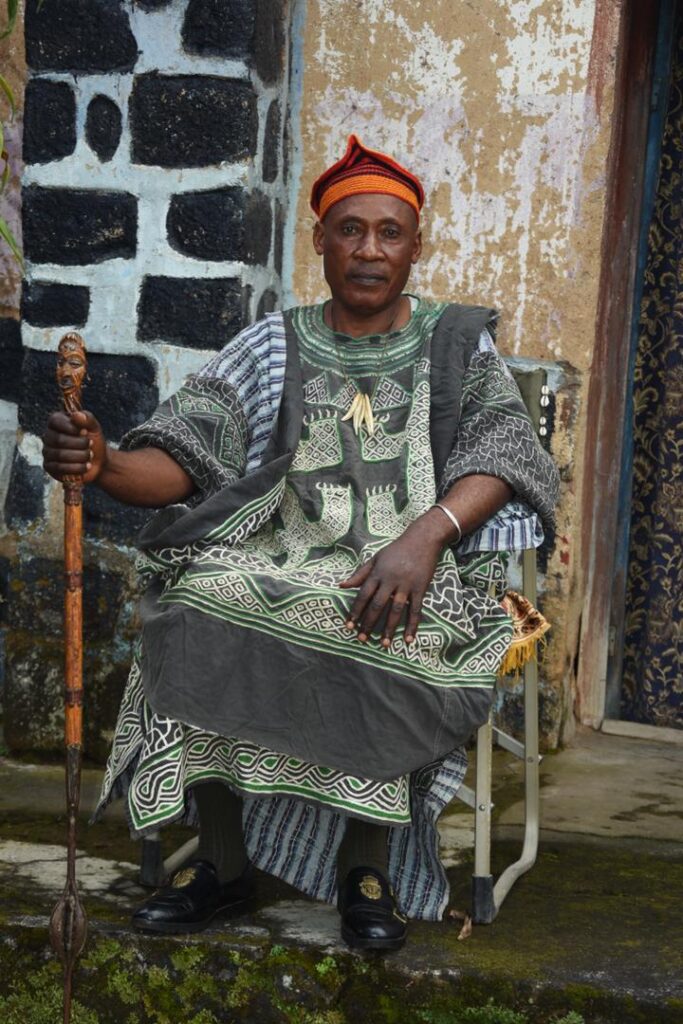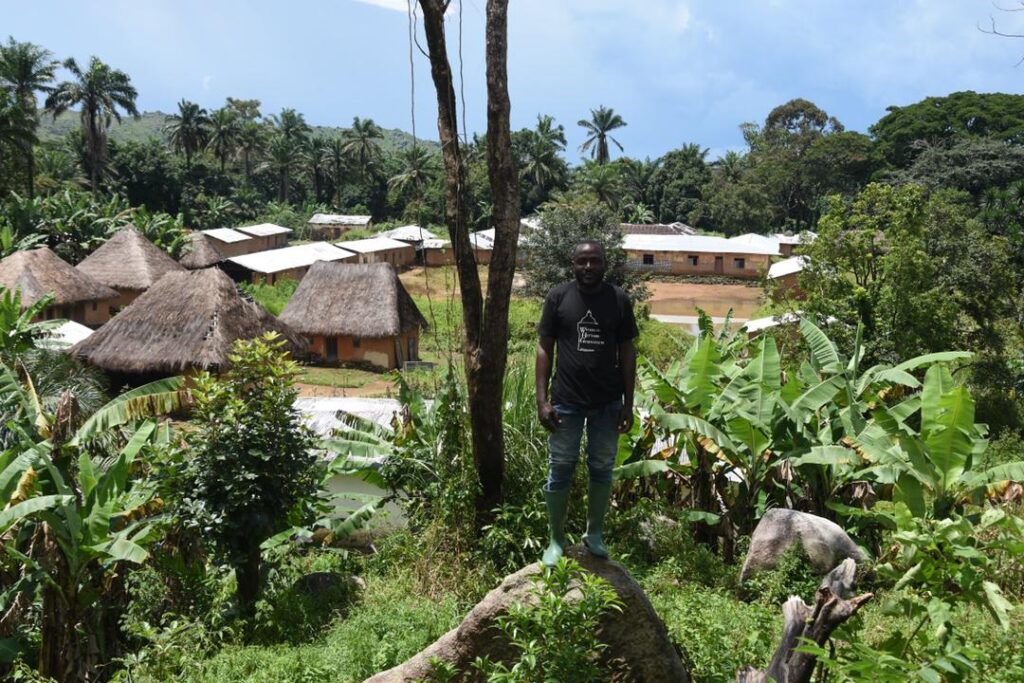
Bum Kingdom (Alung)
Before we talk about the Bum Fondom, we will first dwell on the word “Bum” which will lead us to an understanding of the area known today as Bum Subdivision. According to oral sources, the word Bum was derived from the word “abum” which means a bundle, togetherness, or unity adopted after the early settlers accepted to unite under the canopy of the Alung people. From this word the word Bum. Another version of oral tradition holds that the word “Bum” is derived from the suffix of the word “Wimbum” a community in Donga Mantung where they Bum people settled temporary before migrating to their present site. After the arrival of the Alung tribe in the present-day Bum land, it is said their prowess motivated early settlers to accept their authority in order to benefit from their protection in case of any attack from neighbouring tribes. The Alung people successfully subjugated the early settlers which were Sawi, Mbamlu, Saff, Mbuk, Mungong, Fio, and some other disorganised clans like the Jull that initially settled in around Buabua with their Kwifon called “Lamase” and other groups that were settled in the land.
The migration of the Alung tribe into Bum, the last recorded migration, traces its roots to Mbirimbot (Mbwat), with subsequent settlements in Nkor, Djottin, Ilung, in Kom, Ngunabum, Sawi, and finally, Lakabum. Known for their martial prowess, Alung’s conquests led to the subjugation of early settlers thereby shaping Bum’s socio-political landscape.
Institutions
The Bum palace has a number of institutions. Amongst them are, the Kiwfon which is the decision-making body of the land, headed by “Beh Kwifen appointed by the Fon”.
Genealogy of Bum (Alung) Kings (Fons)
The genealogy of Alung (Bum) Fons is subject to varying interpretations among researchers. Some trace it back to the departure of the Alung people from Mbilimbot, while others begin with Meniku or Mbakfeta, both believed to be early Fons of the Alung clan. According to oral tradition, Mbakfeta led the Alung people out of Mbilimbot, conquering numerous villages along the way until settling in Ngunabum, the second settlement of the Alung.
The succession of Alung Fons is as follows: Fen Mbakfeta: Regarded as the inaugural ruler, Fen Mbakfeta led the Alung people to Ngunabum, extending Alung influence over existing settlers before his passing.
Fen Digatita: Son of Mbakfeta.
Fen Mwandum
Fen Kamato
Fen Mbemfafa: Succeeded his father Fen Kamato.
Fen Mbangakwo: Known for his peaceful rule despite facing attacks from neighboring Kom people. Fen Yundi: Succeeded his father Mbangakwo.
Fen Wasa: Took over after his brother Yundi’s death in battle at Blim along the Nkambe border.
Fen Tam: Upon Wasa’s demise, his successor Fen Tam was too young to rule. Njang, daughter of Fen Mbemfafa, served as Regent (Yaa) until Tam came of age. Tam is credited with moving the Alung Palace from Ngunabum to the present site (Lakabum) due to attacks and famine.
Fen Kwanga (Tum): Ascended the throne in the early 1900s following Tam’s reign. Described as exceptionally wise, Fen Kwanga facilitated communication with Europeans through his command of pidgin. He played a pivotal role in establishing the Bum Native Court in 1927 and forming its council members. Fen Kwanga’s reign ended with his passing in 1954, during a visit to the Fon of Nyos, Fungom, and Sawi.
Fen John Yai: Succeeded his father in 1954 and ruled until May 1997. Fen Kwanga Peter II: Reigning since 1997


